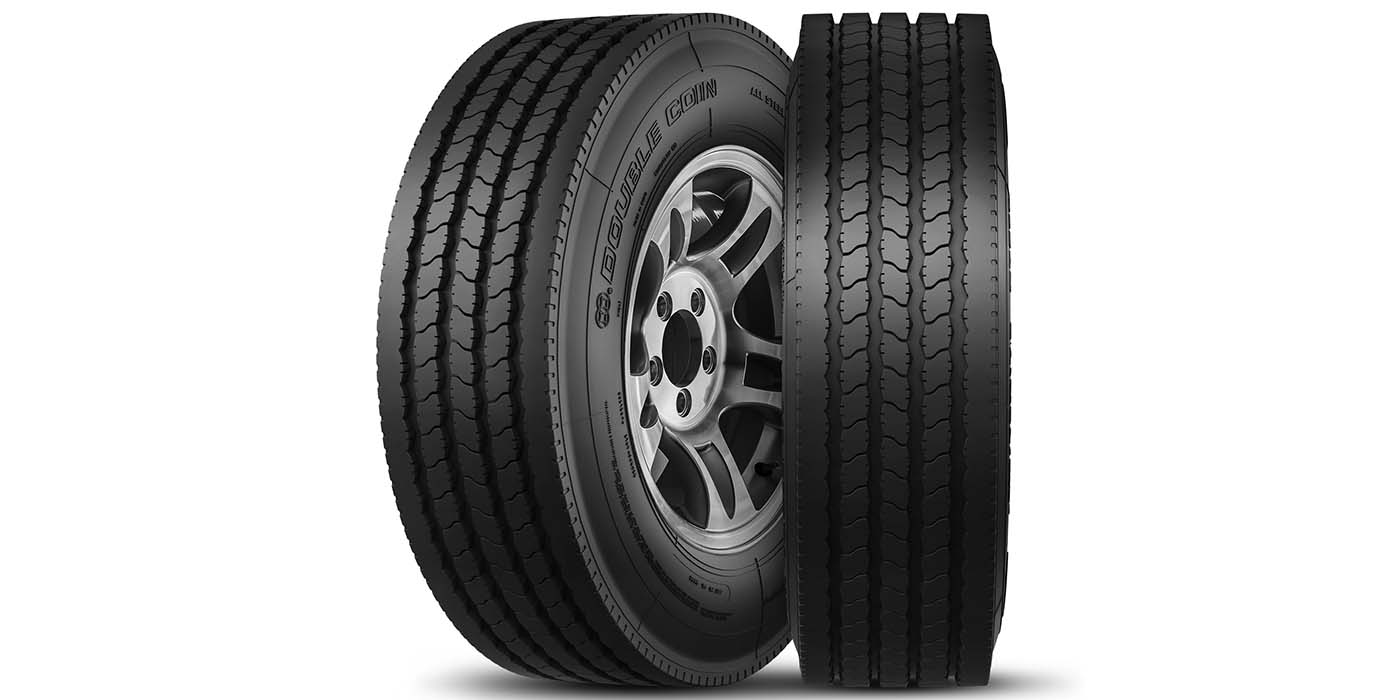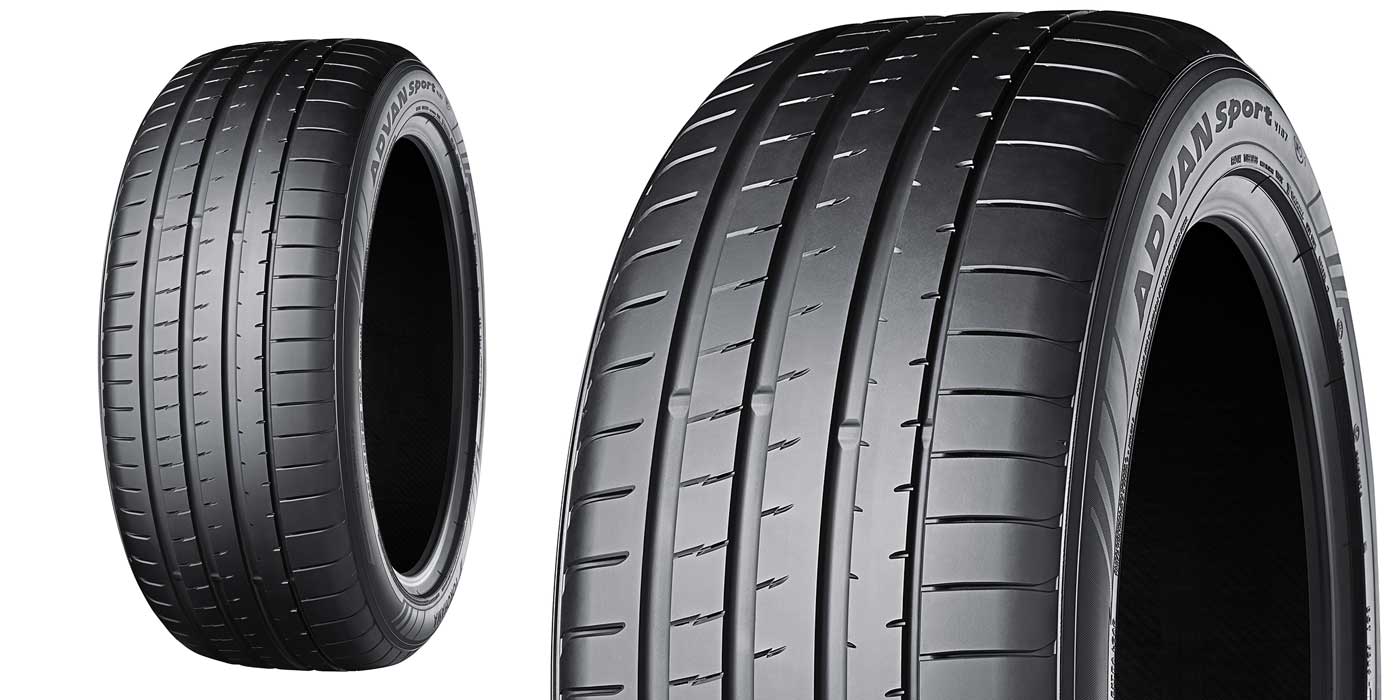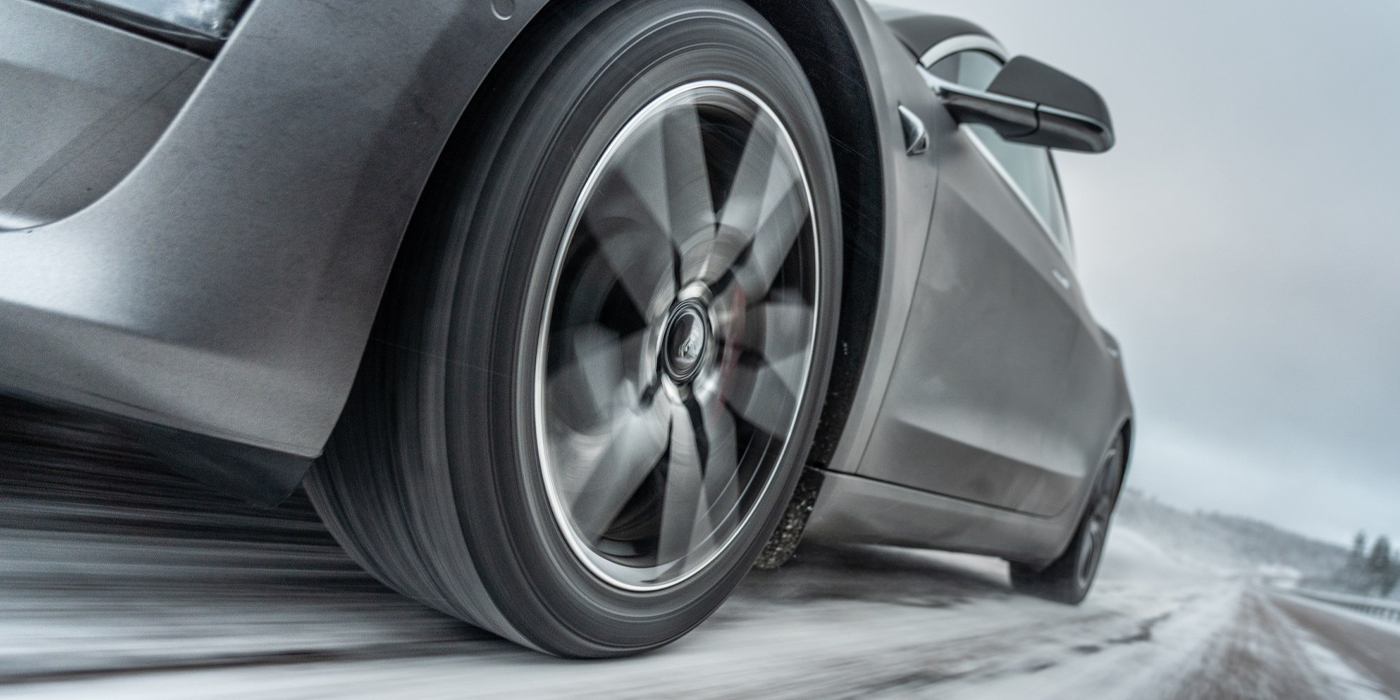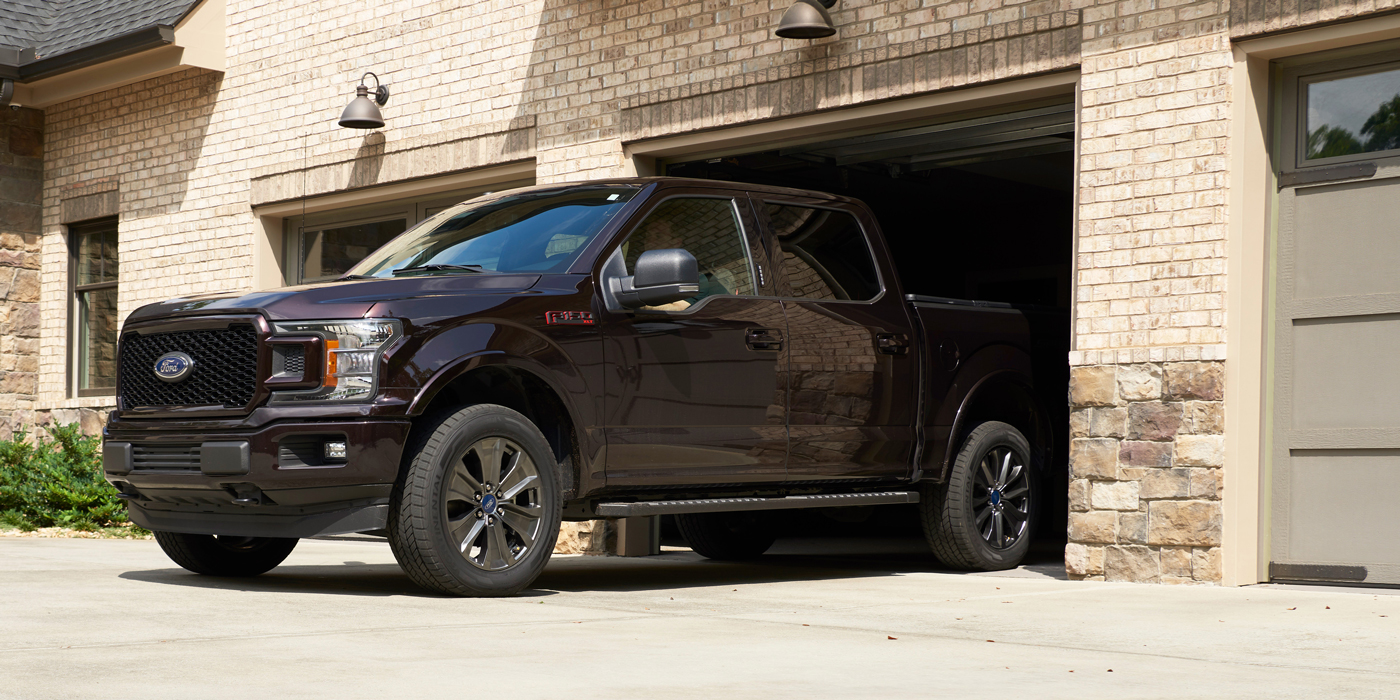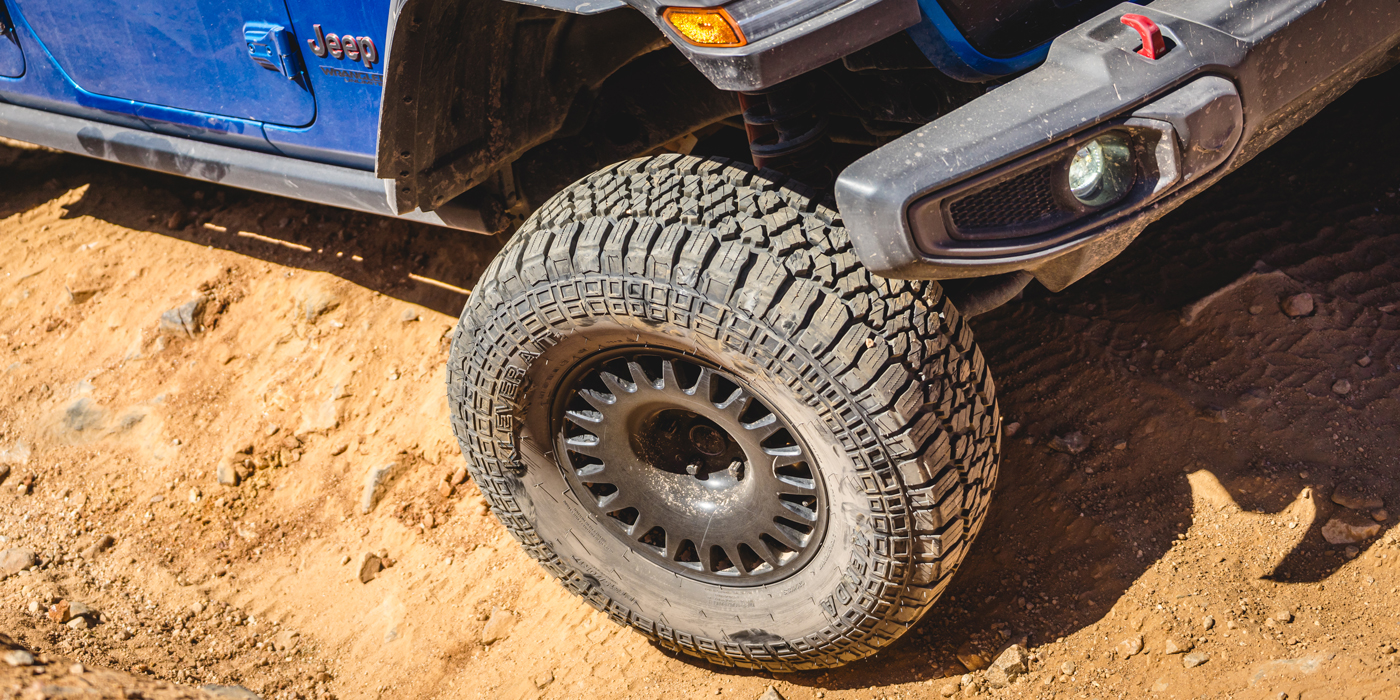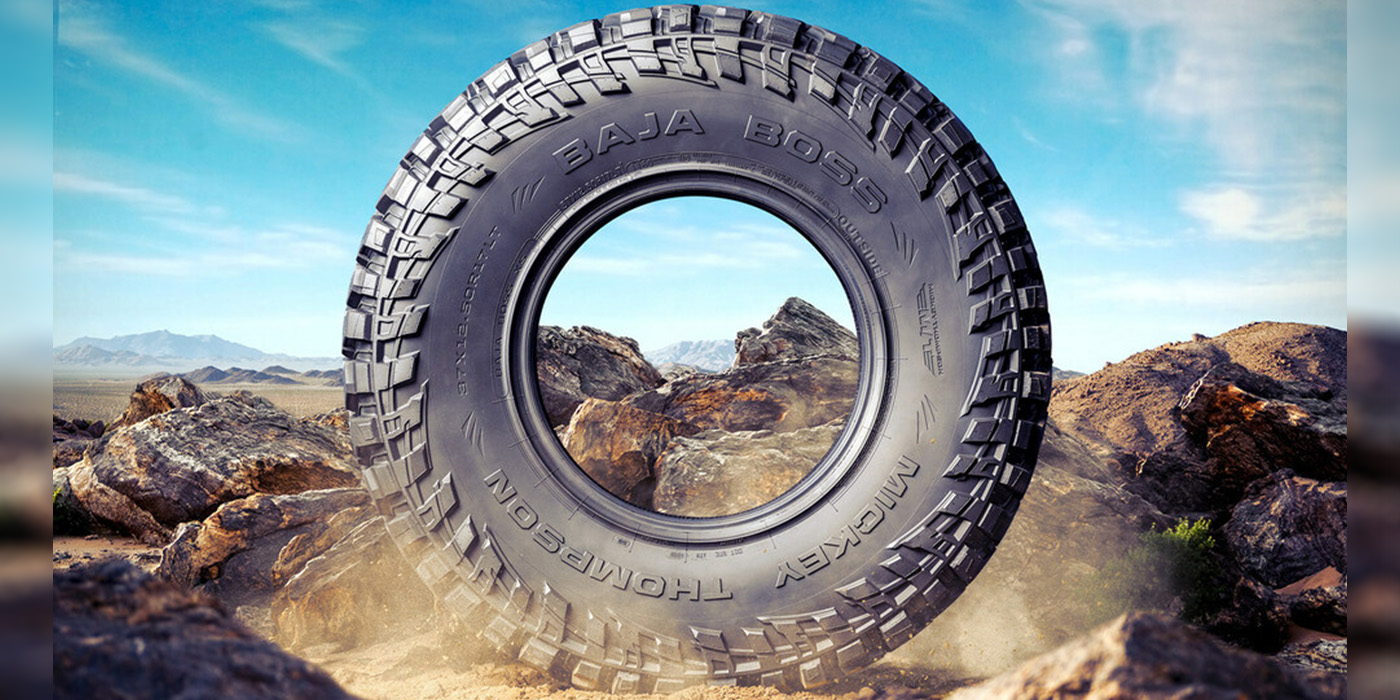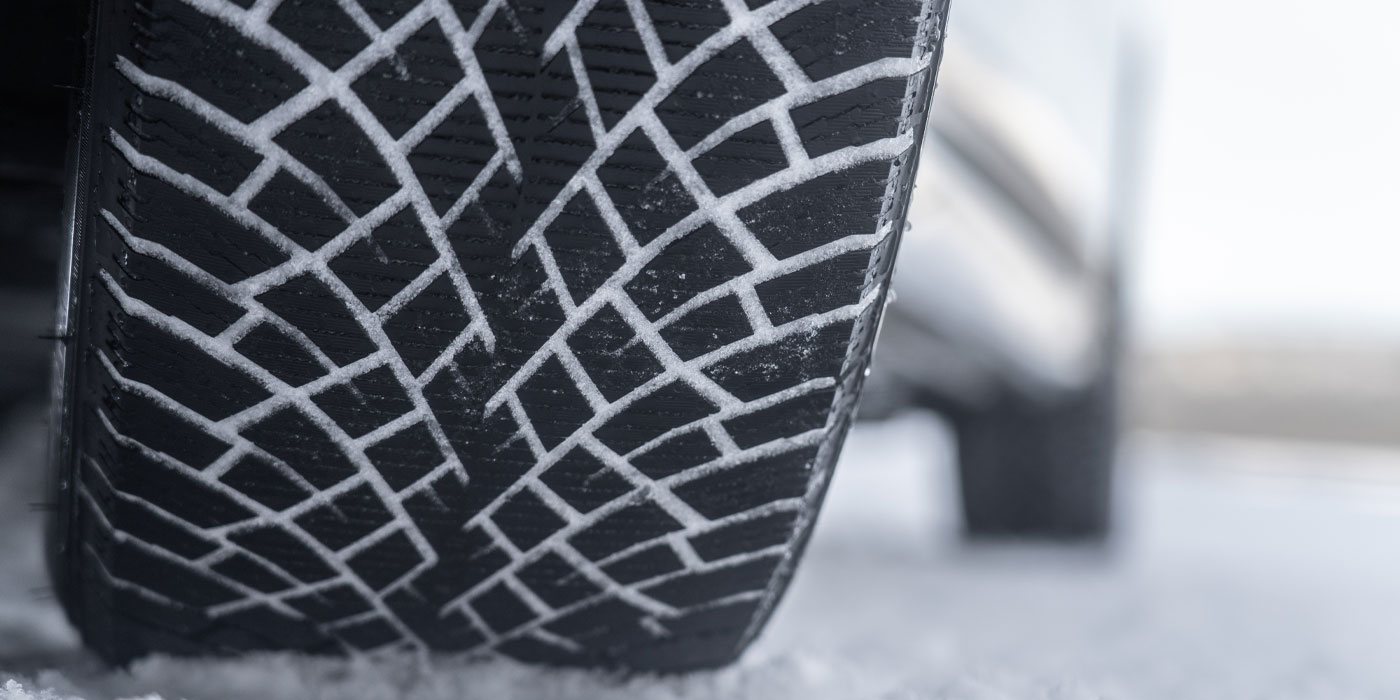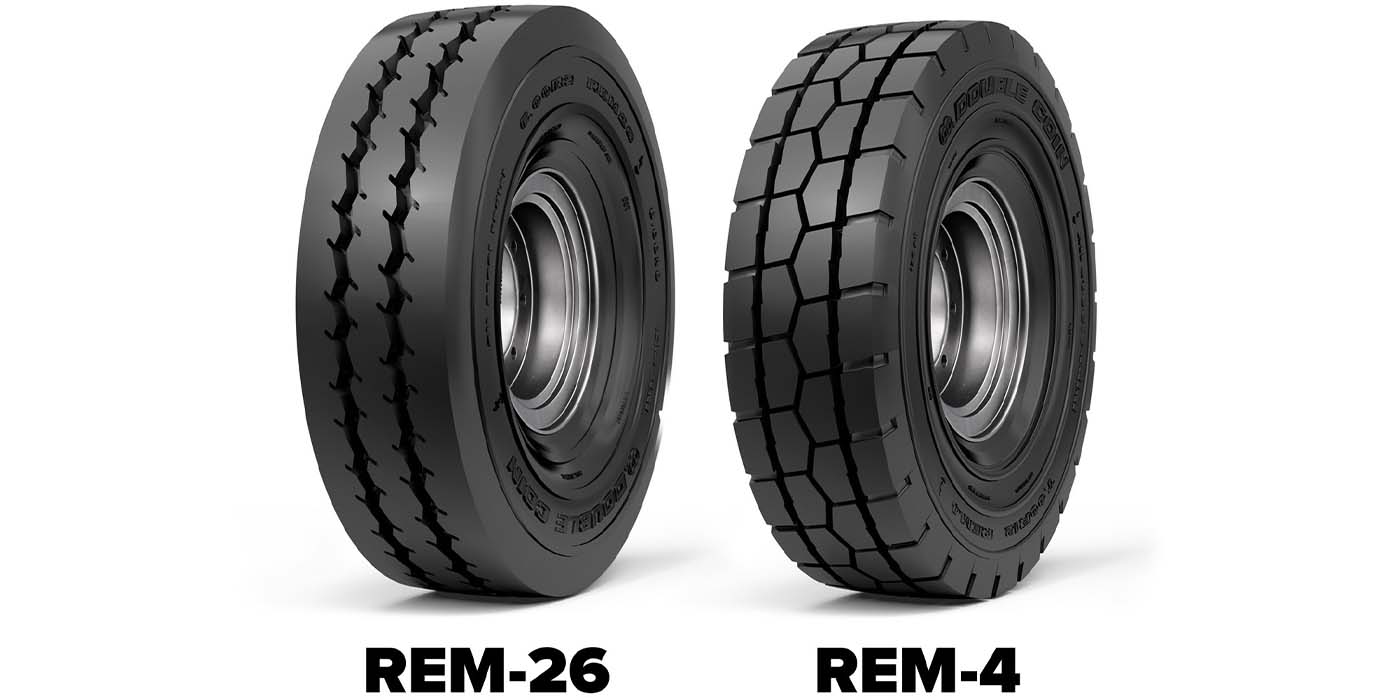From the Track to the Rack
Racing tires, like passenger car tires, are specialized for different applications and purposes. Every form of racing has its own speed, traction and handling needs that require specially designed tires. A Formula 1 car obviously needs a different type of tire than a NASCAR racer or a NHRA Top Fuel dragster.
Any kind of motorsport that involves triple digit speeds requires tires engineered to handle the heat and withstand extreme forces. The conditions a tire experiences at 220 mph are far more demanding than an ordinary passenger car tire experiences at normal highway speeds. Temperatures are much higher and centrifugal forces are several orders of magnitude greater.
Tire manufacturers are very tight lipped about their compounds and other "tricks" that go into racing tires because they don’t want competitors to discover their secrets. It’s like the Colonel’s secret recipe for fried chicken. The right combination of ingredients (in this case, rubber compounds, plies and tread design) creates a tire that wins races. The wrong combination of ingredients can be an also-ran – or worse. The last thing a tire manufacturer wants is a tire that doesn’t perform well or can’t go the distance and fails during a race.
Al Speyer, executive director of motorsports at Bridgestone/Firestone Americas Holding (BFAH), said his company is primarily involved in open wheel racing. "We supply race tires for Formula One, CART and Indy cars, and sponsor the Firestone Firehawk and Infinity Pro Series races."
Speyer says BFAH goes to great lengths to protect the technology in its race tires. "Every tire has its own unique bar code so we can track it from cradle to grave. Every tire that is assigned to a team must be returned when the race is over. The tires are then shredded and burned so nobody can find out what’s in them."
Speyer said such precautions are necessary because racing tire technology is constantly changing and evolving. Race tires are even purpose-built to suit the unique needs of various racetracks and racing conditions.
As a rule, racing tires are stronger and stiffer than passenger car tires. They have to be to survive the extreme forces and high temperatures generated by sustained high-speed racing. But tires engineered for a road course, street course or short track must have more compliance than tires for a high-speed oval because speeds are lower.
Another difference between race tires and passenger car tires is the thickness of the belts and tread. Race tires have a much thinner tread because mileage is not an issue. The tires have to last the race – or until a pit stop allows a tire change, but that’s all. They don’t have to go 60,000 miles.
Reducing the thickness of the tread keeps down the total tire weight, which helps the tire run cooler and improves traction by reducing tread flex and squirm. The lower weight, combined with the ultra light alloy wheels, allows pit crews to change tires out faster.
Balance is critical, too. Speyer said BFAH balances their high-speed race tires to 8/100ths of an ounce.
"What we learn on the race track can often be incorporated into street performance tires. The long link carbon black compounds that have been developed for race tires to provide heat resistance, longevity and consistency can also be used in passenger car tires to improve tread life," said Speyer.
Stu Grant, general manager of worldwide racing for Goodyear, said Goodyear is involved with most forms of racing, except the major open wheel series.
Goodyear racing tires are used in drag racing, on dirt tracks, off-road, sprint cars, sports cars and NASCAR.
The tiremaker is equally protective of its race tire secrets, but relies on its distributors to collect and dispose of old tires when a race is over.
Goodyear builds all of its radial race tires on special equipment in Akron. Though the building process is similar to that used for consumer tires, Goodyear uses very thin plies and treads to manage heat. The materials are also stickier and wider than those used in passenger tire construction.
Grant said a race tire tread is about 1/4th the thickness of a passenger car tread, and the belts and plies are about half the thickness of ordinary tires. The curing process is essentially the same and uses a mold to vulcanize the green tire. But after the tire is cured, it undergoes a special inspection procedure that measures force variation and spring rate. The flex characteristics of each tire are marked on the tire so a race team knows how much air pressure to add to change the effective spring rate of the suspension.
The tires are also x-rayed to detect the presence of any foreign material or flaws, and holographed to check for air entrapment. Each tire is placed inside a vacuum chamber. Cameras then examine the tire for any air bubbles that are exaggerated by the vacuum.
Grant says the materials and tooling Goodyear has developed to build its race tires helps it build better passenger car tires. "What we’ve learned on the racetrack has helped us improve the heat and stress management capabilities of our passenger car tires – especially on speed-rated tires like those we provide for the Corvette," he said.
Many other tire brands – BFGoodrich, Falken, Kumho, Michelin and Yokohama, for example ®“ are also heavily involved in various forms of professional and amateur racing.
The top professional series – Trans-Am, GT and Formula 1, for example ®“ also get high tech course-specific tires. Some mid-pro also get special treatment with special compounds on DOT-approved tires. And many amateurs race on their favorite street tires.
Dealers are often involved, especially at the amateur events, supplying tires, providing mounting and balancing services, and shaving treads on street tires. This is not just a source of additional revenue for dealers; participation in these events helps build their performance image. In addition, they can relay technical information back to the manufacturer to help improve the street-use tires they sell.
So the next time you’re watching a race, think about all the technology that’s gone into the tires on the race cars – and how some of that technology filters down to the tires you sell to your customers for their vehicles.

